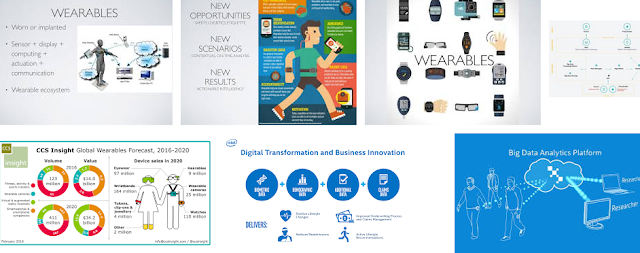Wearable data and analytics
Data analytics provides companies, healthcare professionals, and consumers
alike with further insight into the long stream of data that they receive from
various sensors and devices, which increasingly includes wearable devices.
Traditional wearables, such as fitness tracking devices, provide the user
with raw information such as their heart rate or step count. By applying
analytics to this data, wearers can now receive actionable information and
preemptive alerts.
ABI Research, a market
foresight advisory firm providing strategic guidance on the most compelling
transformative technologies, forecasts wearable data and analytics
services revenue will reach over US$838 million in 2022, increasing from over
US$247 million in 2017, a CAGR of over 27%.
“Wearable devices have long been finding their way into the lives of
consumers and enterprises, offering various features such as activity tracking,
communication, access to information, and vital healthcare monitoring,” says
Stephanie Lawrence, Research Analyst at ABI Research. “Data analytics adds a
further benefit to the technology, giving users and companies actionable
information based on the data that the devices collect, with deep integration
through an increasingly connected market.”



Comments